A rigid box, as the name suggests, is a type of packaging box that retains its shape and form even when pressure is applied. Unlike flexible packaging, a rigid box provides additional strength and durability, making it a popular choice for premium products.
1.What is a rigid box?
Rigid boxes—often referred to as set-up boxes or luxury packaging boxes—belong to the category of high-end packaging, constructed from high-density paperboard with a typical grammage range of 800gsm to 1800gsm.
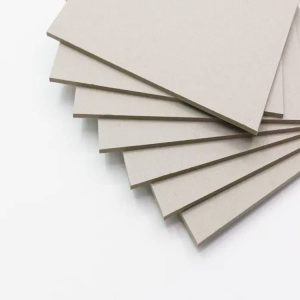
To enhance their aesthetic appeal, rigid boxes are usually wrapped in various decorative materials. These can include printed art paper with custom designs, textured paper that adds a tactile dimension (such as matte or glossy finishes), or coated paper that boosts durability while elevating the overall look. The combination of the rigid base and decorative outer layer creates a sleek, sophisticated appearance that sets rigid boxes apart from more basic packaging options.
In essence, rigid boxes are defined by their non-collapsible structure, high-density paperboard construction, and decorative outer wrapping—all of which work together to create a packaging solution that exudes luxury and sturdiness.
2.How is a rigid box mad?
Making a rigid box involves several precise steps to ensure its sturdiness and polished look. First, materials are prepared: high-density paperboard (800–1800gsm) is chosen as the core base for rigidity, along with decorative materials like printed art paper, textured paper, or coated paper for the outer layer.
Next, the core paperboard is cut into exact shapes and sizes using specialized cutting machines—this determines the box’s base, sides, and lid structure. Edges of the cut paperboard are then smoothed to avoid roughness, ensuring a neat finish later.
The key step is wrapping the core with decorative paper. Adhesive is evenly applied to the decorative material, which is then carefully aligned and pressed onto the paperboard core. Workers pay extra attention to corners and edges, folding and pressing the material tightly to prevent bubbles or wrinkles—this ensures the box looks seamless.
After wrapping, the box is shaped into its final form: sides are folded along pre-marked lines and glued to the base, and lids (if included) are attached or crafted separately. Finally, small adjustments are made—trimming excess material, checking for uneven spots—to ensure each rigid box meets quality standards, with a solid structure and elegant appearance.
3.Different types of rigid boxes
The rigid boxes also comes in many different varieties. Next, I will introduce each one to you one by one.
(1) Standard: This robust box features a simple design, making it a common choice in retail settings and for gift-giving purposes. The picture shows a relatively common rigid gift box.
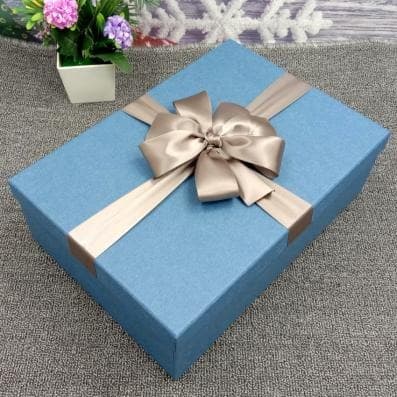
(2) Lid box: This box consists of two separate pieces: a base and a lid. The lid fits over the base—either partially or fully—offering a closure that’s both flexible and secure.
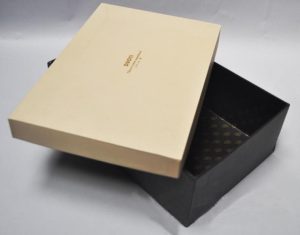
(3) Magnetic Closure: This box is equipped with a lid featuring a magnetic closure, which not only enhances the premium texture but also ensures a secure way to seal the box.
(4) Collapsible or foldable: These boxes can be folded into a flat shape for hassle-free storage, and they can also be assembled into a rigid structure—this versatility makes them suitable for a wide range of uses.
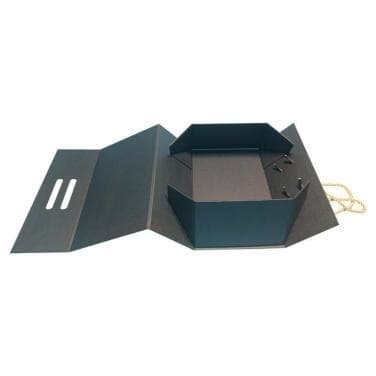
(5) Drawer Style: This box is designed with a pull-out drawer, which is often paired with a ribbon for pulling. This combination creates a luxurious way to present the items inside.
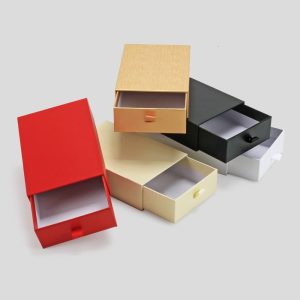
(6)Book-style box: Inspired by book flipping, the box consists of two parts: "cover/back cover" and "inner box", connected by side hinges or creases. It opens and closes like a book—with little resistance when opening and no easy loosening when closed. The inner box mostly has fixed slots or layered designs to fit items of different sizes; some styles can be folded for storage, saving space when not in use.
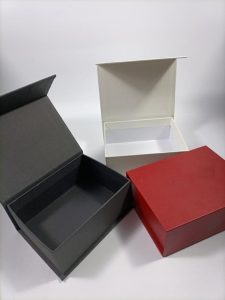
4.Benefits of rigid boxes
(1) Durability: The durability of rigid boxes stands out as a core advantage, rooted in their high-density paperboard base (typically 800–1800gsm) and robust structural design. Unlike flimsy folding cartons that easily crease or deform, rigid boxes boast exceptional strength—they can withstand moderate pressure, minor impacts, and regular handling without losing their shape. This sturdiness translates to reliable protection for the products inside: whether it’s delicate cosmetics, fragile jewelry, or high-end electronics, the rigid structure acts as a buffer against external bumps, scratches, or squeezing during storage or transportation. Even over repeated use—such as opening and closing a gift box or a luxury product case—the box maintains its integrity, avoiding the wear and tear that plagues weaker packaging. In short, this durability ensures products stay intact and presentable, from the warehouse to the consumer’s hands.
(2) Enhanced Unboxing Experience: Rigid boxes turn unboxing from a simple “opening” action into a memorable moment, all thanks to their elegant design and high-quality materials. Visually, their sleek lines, refined details—like neatly wrapped edges, subtle embossing, or metallic accents—and cohesive color schemes (often tailored to brand identity) draw the eye the second the box is in hand, building anticipation before it’s even opened.
Tactilely, the materials elevate the experience: the thick, sturdy high-density paperboard feels substantial, while outer layers like textured specialty paper, soft-touch coated paper, or even leather-like finishes add a luxurious “touch” that ordinary packaging lacks. When users lift the lid—whether it’s a smoothly sliding drawer, a book-like flip top, or a magnetic-closing cover—the solid, quiet motion (no flimsy creaking) and the way the box holds its shape further enhance the sense of care. Every detail, from the weight of the box to the feel of its surface, works together to make the unboxing feel intentional and special, leaving a lasting impression that lingers long after the product is taken out.
(3) Aesthetic Appeal: The extensive customizable options of rigid boxes let businesses tailor every visual detail to their needs, turning packaging into a direct extension of their brand. From choosing outer materials—whether it’s brand-colored specialty paper, textured fabric, or metallic-coated stock—to adding brand-specific elements like embossed logos, foil-stamped slogans, or custom interior liners (such as soft velvet or printed brand patterns), every tweak aligns the box with the brand’s identity.
This tailored design doesn’t just stay consistent with brand aesthetics; it also grabs customers’ attention. For example, a minimalist skincare brand might opt for a clean, matte-white box with subtle logo debossing, while a luxury jewelry brand could use gold foil accents and a velvet interior. These customized touches make the box stand out on shelves or in gift-giving scenarios, catching eyes and sparking interest—turning packaging into a silent but effective tool to connect with customers and reinforce brand recall.
(4) Sustainability: Rigid boxes easily fit into sustainable packaging goals with eco-friendly materials and processes. Brands can choose base paperboard made from recycled fibers or FSC-certified wood, paired with water-based adhesives and non-toxic inks for decoration—cutting down on harmful chemicals. Many manufacturers also use energy-efficient production steps, like minimizing waste in cutting. Even better, rigid boxes’ durability means they’re reusable (for storage, gifting) or recyclable, keeping them out of landfills and boosting sustainability.
5.How to Choose the Right Rigid Box for Your Project?
When it comes to choosing the right type of rigid box for your project, you need to consider following things:
First, determine the structure you want for the rigid box. Is it a simple style with straight sides, or a more complex one that includes curves and angles?
Next, work out the box’s size—what will its overall dimensions be, and what specific measurements do you need?
Then, choose the material for the box. Will it be a single solid piece of wood or metal, or made of separate pieces that are easy to assemble?
After that, decide on the box’s required strength: will it only be used for storage, or need to stand up to some physical impact?
Finally, pick the finish. Should the rigid box be painted or stained, and does the finish call for any special care or protection?
We can custom rigid boxes, if you have any needs, please feel free to contact us at any time.
Post time: Sep-02-2025



